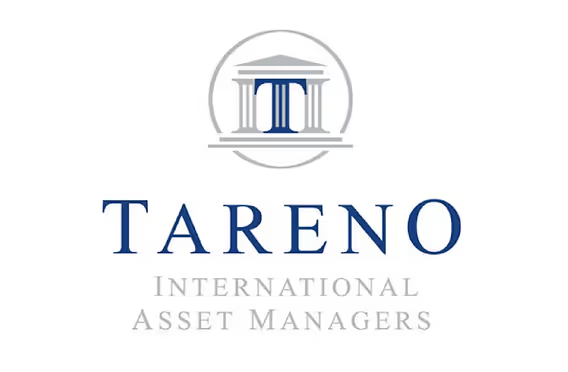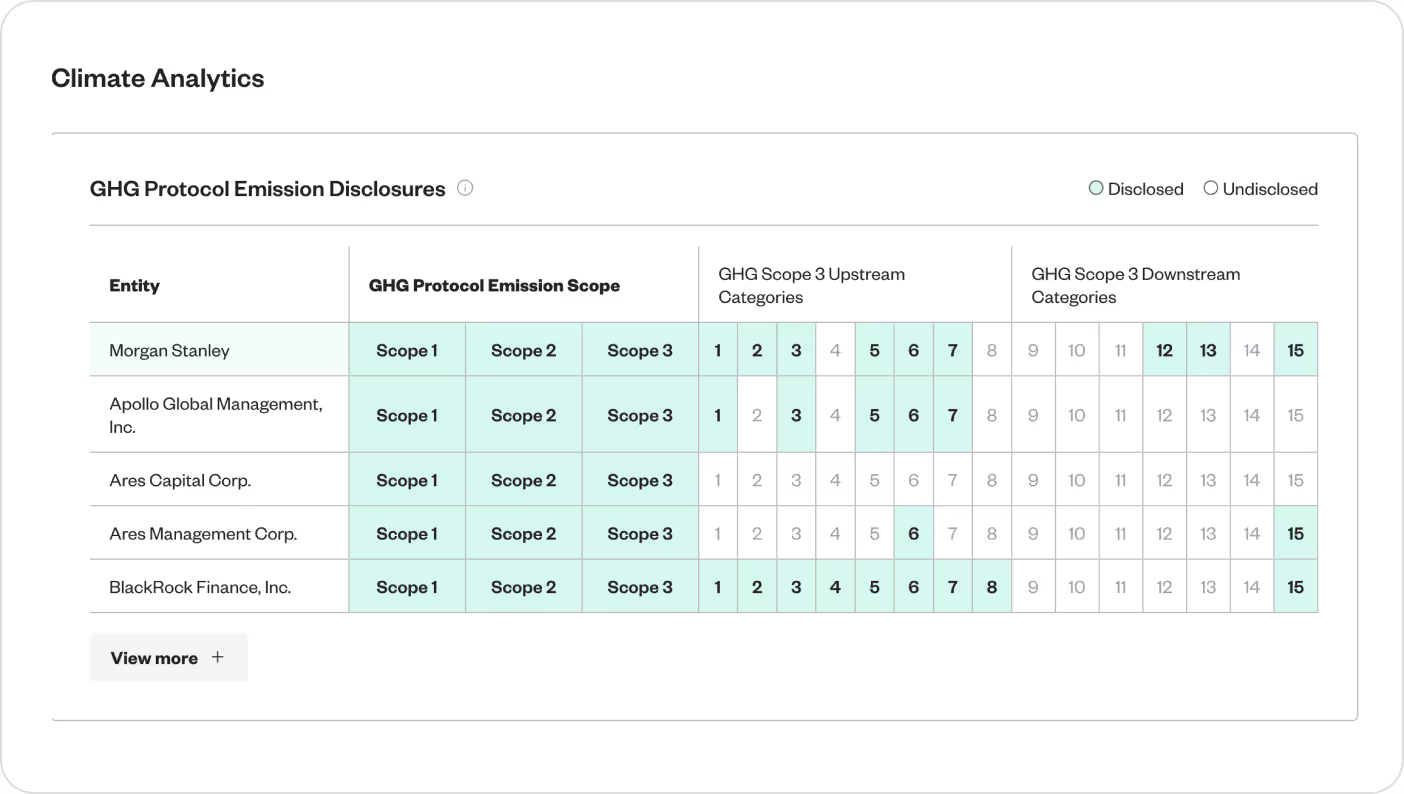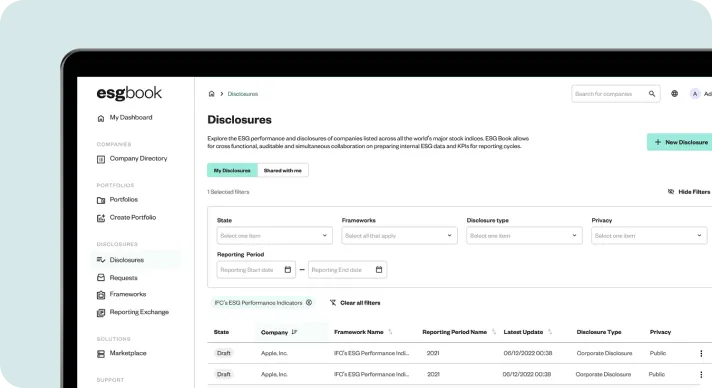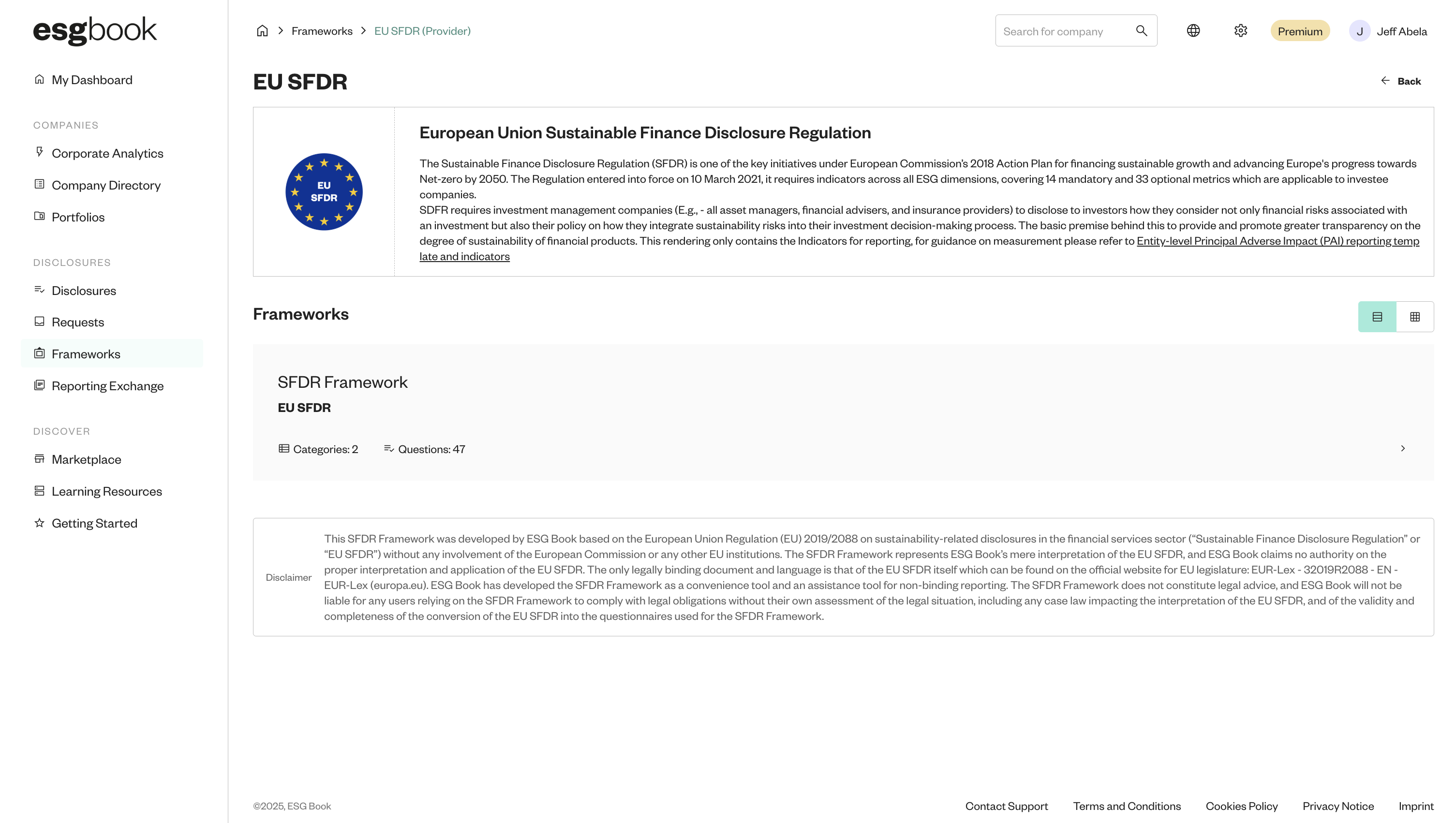

.avif)
.avif)
The Challenge
When sustainability data is scattered across vendors, spreadsheets, and internal systems, validation becomes a nightmare, leading to gaps, errors, and missed deadlines.
ESG Book helps Financial Institutions expand their sustainability data coverage and completeness, improve its accuracy, and cut the manual work required for regulatory submissions.
Scale private data capture
Send requests to thousands of customers at once and trigger follow-up reminders. Use AI to prefill disclosures with public data and past submissions, reducing manual effort. Submissions can be confirmed directly, and performance is monitored over time, making reporting simpler for your customers.

Access data on 76,000+ companies
Access one of the largest climate datasets, covering 76,000 companies, with 500+ ESG metrics across 10,000 companies, including hard-to-abate sectors, EU Taxonomy, and Scope 1–3 estimates. Our data is updated daily and accessible via a single integration.

Automate customer data validation
Catch errors before they become problems with real-time data validation, automated checks for inconsistencies, and source documentation linked to every data point. Units are standardised across temperature, distance, and currency to reduce manual work and improve data quality.
.avif)
Map data to reporting frameworks
Map public and private data to pre-built frameworks such as ISSB, ESRS, EBA Pillar 3, GRI, EU Taxonomy, and SFDR, or even your own custom framework. Each data field is tagged to the relevant regulation, making data preparation and reporting faster and easier.
.avif)
Streamline your sustainability reporting with ESG Book
"Our business customers are often searching for tools to help them capture their sustainability performance...Having ESG Book as an option means help is potentially at hand to provide more efficient sustainability reporting.”


